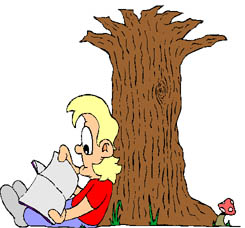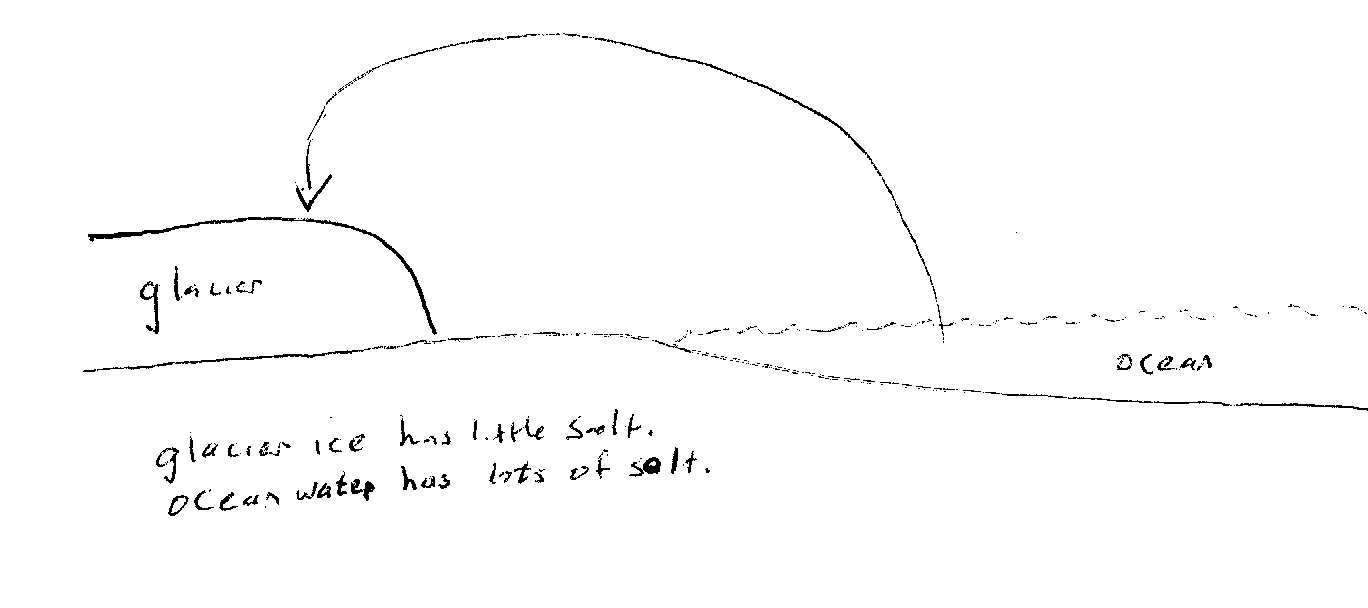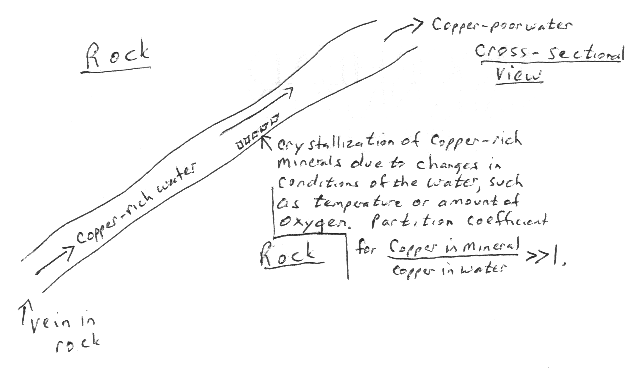
Earth Science Today
Russ Colson
Minnesota State University
Moorhead
Physical Geology:
Test Structure:
Minnesota teacher licensure standards require all elementary teachers
to know and apply the fundamental concepts and principles
of earth and space science. Quizzes are in two parts, the first
part to measure knowledge, the second to practice and test your application
of that knowledge. In general, the application questions are
harder than the knowledge ones. Knowledge questions will comprise
about 60% of each quiz, application questions about 40%.
K-6 Content Knowledge Standards Covered:
Standard: Understand changes
in Earth and sky
1) Understand
how energy effects changes in the Earth, where it comes from, how it moves
and interacts with the Earth.
2) Understand
how composition of Earth materials change, and the processes that cause
those changes.
Standard: Know the structure
of the Earth system
1) Know
the structure of the Earth's interior, the layers within the Earth, and
where lava comes from.
2) Understand
how we determine the character of Earth's interior.
Standard: understand properties
of Earth materials
1) Understand
how physical properties, such as density, influence the behavior and differentiation
of materials.
2) Understand
how chemical properties, such as solubility and partitioning, influence
the behavior and differentiation of materials. Examples include understanding
how gases dissolving or undissolving from magma affect volcanism,
or how the partitioning of a pollutant between water and sediment influences
the destiny of the pollutant.
Example Test Questions for Knowledge Part
1) Draw a picture of the Earth
in cross-sectional view illustrating the interior structure of the Earth.
2) Consider the situation in
which radioactive elements are concentrated in a particular location at
the bottom of Earth's mantle. This results in a "hot spot", a region
that has a higher temperature than surrounding areas. The mantle
material in this region rises, being less dense than the material around
it, reaching the crust, where it may cause partial melting. This
is an example of energy moving by
a) radiation
b) conduction
c) convection
d) friction
3) Consider a batch of rock
that partly melts such that you have rock and magma together. In
general
a) rock and magma must have
the same chemical composition
b) rock and magma will not
have the same chemical composition
c) since rock is made of one
element and magma another, they must be different.
Example Test Questions for Application Part
1) Write a sentence describing the most important point answering
the question. Do not write more than 1 sentence or 2 handwritten
lines.
What can experiments tell us about the grain
size of igneous rocks?
2) After setting off a stick of dynamite, you measure the time
it takes the shock wave to return to the blast site after reflecting off
a distinct compositional boundary at the base of the crust (called the
Mohorovicic discontinuity). The time is about 10.8 seconds before
the first shock wave (called the Primary wave) returns. You also
do experiments with crustal rock and determine that primary seismic waves
(P-waves) have a velocity in crustal rock of about 6.5 km/sec. How
thick is the crust in your location?
a) 35 km b) 70 km c) 18 km d) 1.2
km e) 0.8 km
3) Draw a sketch, labeling different components, which clearly
illustrates the operation of a process of chemical differentiation on Earth.
Answers to Application Questions:
1)
wrong or weak answers:
Grain size tells us about how an igneous rock forms.
(simply restates a
part of the question)
Experiments tell us that igneous rocks have coarse or fine grained
crystals.
(we can look at an
igneous rock itself to see the size of its crystals, we don't need experiments)
Grain size tells us about the rate the rock cooled.
(too vague about the
effect of cooling rate and doesn't address what experiments tell us)
Strong answer:
Experiments allow us to determine the effect of cooling rate on grain
size and to realize that coarse-grained igneous rocks cooled more slowly
than fine-grained ones.
2)
The round-trip distance is twice the distance to the bottom of the
crust. The round-trip travel time
is twice the one-way travel time, which would be 5.4 seconds.
Every second the wave travels 6.5km. Thus 5.4 times 6.5 (distance
it travels in 5.4 seconds) = 35 km.
3)
weak answer: This example addresses the differentiation
of salt from water. Although the process illustrated is an important
differentiation process on earth, the key components of the process are
not illustrated in the diagram.

Weak because
there is no indication of the process involved (evaporation followed
by condensation)
there is no indication of the partitioning (salt partitions into the
liquid more than the water vapor)
there is no indication of the conditions that change to cause the differentiation
(T increase then decrease)
Strong answer: This example illustrates the formation
of copper ore by crystallization of copper-rich minerals from water in
a vein within rock. It indicates the process involved (crystallization
from water), the relevant partition coefficient, and examples of conditions
that might change to cause this process to occur. Take special note
that one need not have memorized this relationship for the crystallization
of copper from water (which you may not have encountered before), but rather
every process of differentiation shares these components.

Home
Page (est.htm) Previous
Page (est1.html)


